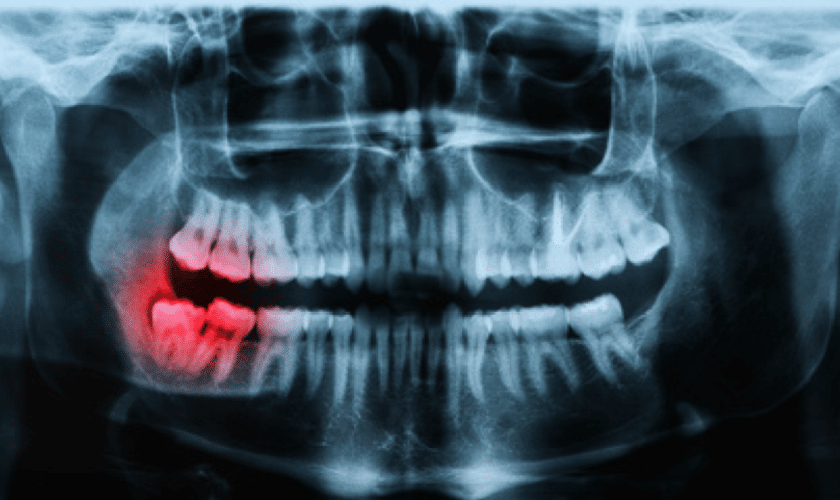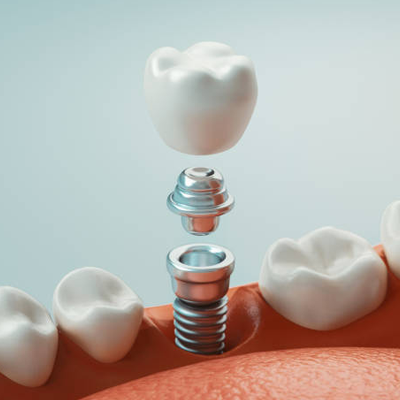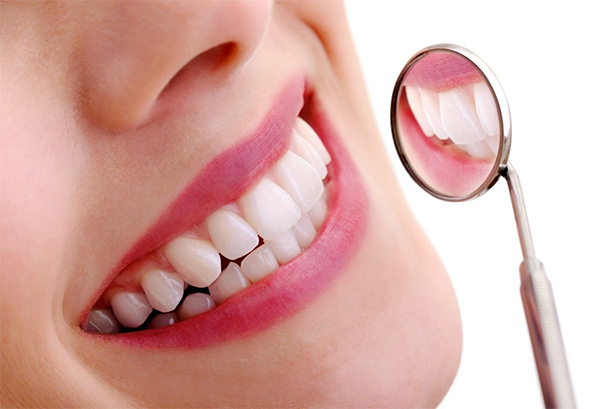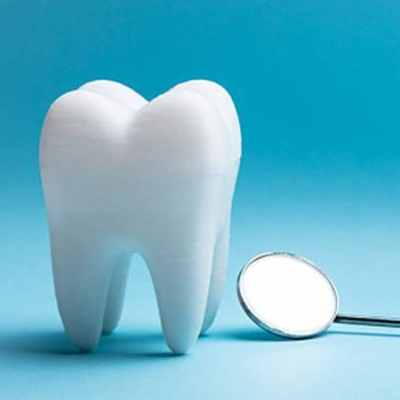
What Are The Three Types Of Dental X-rays
It takes cooperation between you and your dentist to keep your smile healthy. Regular checkups, cleanings, and good oral hygiene habits are essential for keeping your teeth and gums in top shape. But sometimes, a dentist needs a deeper look to diagnose potential issues lurking beneath the surface. This is where types of dental X-rays come into play.
Dental X-rays, also known as dental radiographs, are images captured using a specific type of electromagnetic radiation that allows dentists to see inside your teeth and jawbone. These images provide valuable information that can’t be obtained through a visual examination alone. While X-rays do involve minimal radiation exposure, dentists prioritize safety and use the lowest possible dosage to acquire the necessary details.
In this blog post, we’ll delve into the three main types of dental X-rays: bitewing, periapical, and panoramic X-rays. We’ll explore their purposes, procedures, and how they aid dentists in ensuring your oral health.
1. Bitewing X-rays: Unveiling the Hidden Cavities
Bitewing X-rays are a staple in preventive dentistry. They are often the first line of defense in detecting cavities, particularly between teeth (interproximal cavities) where traditional visual exams might miss them. These sneaky cavities can develop undetected, leading to more extensive problems down the road.
Purpose of Bitewing X-rays:
- Primarily used to identify cavities between teeth, especially in the back of the mouth.
- Can detect bone loss around the teeth, a sign of gum disease.
- Help monitor the health and development of teeth in children and adolescents.
Procedure for Bitewing X-rays:
The X-ray technician will position a small, rectangular holder containing a film or sensor in your mouth. You’ll be asked to gently bite down on this holder to ensure your upper and lower teeth are aligned. The technician will then step behind a barrier and take the X-ray image using a machine positioned outside your mouth. Everything about the process is easy and fast.
Frequency of Bitewing X-rays:
The recommended frequency for bitewing X-rays can vary depending on your risk factors for cavities and gum disease. A dentist in McKinney, TX, like Dr. Steve Kim, will discuss the appropriate schedule for you based on your dental history and oral health status. Generally, for patients with low cavity risk, bitewing X-rays might be recommended every 1-2 years.
Benefits of Bitewing X-rays:
- Early detection of cavities allows for prompt treatment, minimizing the need for more complex procedures later.
- Helps monitor gum health and identify bone loss associated with gum disease.
- Provides valuable information for planning orthodontic treatment.
2. Periapical X-rays: Zooming in for a Detailed Look
Periapical X-rays offer a highly detailed view of individual teeth, including the crown (visible portion) and the roots embedded in the jawbone. This targeted approach allows dentists to examine specific teeth in greater detail.
Purpose of Periapical X-rays:
- Used to diagnose problems affecting the roots of teeth, such as abscesses, infections, or cracks in the tooth.
- Help assess the health and placement of dental implants.
- Can monitor the development of teeth in children.
- Aid in evaluating the success of root canal procedures.
Procedure for Periapical X-rays:
Similar to bitewing X-rays, a small film or sensor will be positioned near the tooth of interest. You might need to hold it in place with your tongue or cheek. The technician will then take the X-ray image from an angle specifically focused on the targeted tooth and surrounding bone.
Frequency of Periapical X-rays:
Periapical X-rays are typically not part of a routine dental checkup. They are usually ordered when a dentist needs a closer look at a specific tooth due to a suspected issue or to monitor treatment progress.
Benefits of Periapical X-rays:
- Provide a highly detailed view of individual teeth for accurate diagnosis.
- Help identify potential problems with the roots, which can’t be seen during a visual exam.
- Essential for planning and monitoring root canal procedures and dental implant placement.
3. Shining a Light on Your Smile: Understanding the Three Types of Dental X-rays
Purpose of Panoramic X-rays
- Can assess the placement of dental implants or evaluate potential placement sites.
- Used in orthodontic treatment planning to visualize the position and alignment of teeth and jaws.
- Help identify abnormalities in the sinuses or TMJ that might be contributing to facial pain or headaches.
Procedure for Panoramic X-rays:
The X-ray machine for panoramic X-rays is different from those used for bitewing or periapical X-rays. You’ll stand and position your chin on a platform, with your head cradled comfortably. The machine will rotate around your head, capturing a panoramic image of your entire mouth in a single scan.
Frequency of Panoramic X-rays:
Similar to periapical X-rays, panoramic X-rays are not usually part of a routine checkup. They are typically recommended when a dentist needs a comprehensive overview of your jaw structures or suspects issues beyond individual teeth.
Benefits of Panoramic X-rays:
- Provides a broad view of your entire mouth and jaw structures in a single image.
- Helps identify potential problems that might not be apparent with other types of dental X-rays.
- Useful for planning complex dental procedures like implant placement or wisdom tooth extraction.
- Can aid in diagnosing jawbone abnormalities, TMJ issues, and other conditions affecting the facial structures.
Choosing the Right Type of Dental X-ray
The decision of which type of dental X-ray is most appropriate depends on your specific needs and the reasons for the X-ray. Here’s a quick breakdown:
- Bitewing X-rays: Ideal for routine cavity detection, especially between teeth, and monitoring gum health.
- Periapical X-rays: Best suited for examining individual teeth in detail, particularly for root-related problems.
- Panoramic X-rays: Perfect for capturing a comprehensive view of your entire mouth and jaw structures for overall assessment.
Your dentist will discuss your situation and recommend the most suitable type of dental X-ray to ensure they have the information needed for accurate diagnosis and treatment planning.
Safety Considerations with Dental X-rays
Dental X-rays involve minimal radiation exposure. However, dentists prioritize safety and adhere to the principle of ALARA (As Low As Reasonably Achievable). This means using the lowest possible dose of radiation necessary to acquire the necessary diagnostic information. Additionally, modern dental X-ray equipment is designed to further minimize radiation exposure.
If you are pregnant or suspect you might be pregnant, it’s crucial to inform your dentist. While the risk of radiation exposure from dental X-rays is generally considered low, some precautions might be taken during pregnancy. Your dentist can discuss alternative options or shielding techniques to minimize any potential risks.
Dental X-rays are valuable tools that aid dentists in safeguarding your oral health. Understanding the three main types of dental X-rays – bitewing, periapical, and panoramic – empowers you to participate actively in your dental care discussions. By working together with your dentist, you can ensure these diagnostic tools are used effectively for optimal oral health throughout your life.
Remember, regular dental checkups and cleanings, along with good oral hygiene practices, form the foundation of a healthy smile. Schedule an appointment with a dentist in McKinney, TX, like Dr. Steve Kim for a personalized assessment and to discuss the most appropriate approach to maintaining your oral health.







